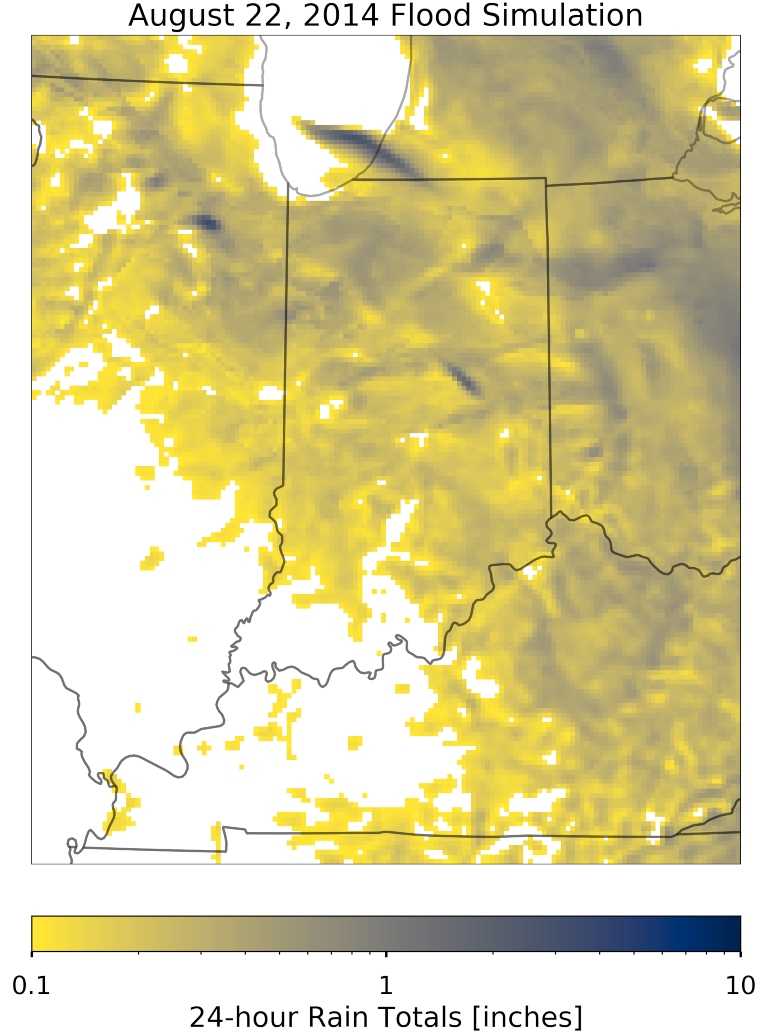A new study co-authored by Travis O’Brien, an assistant professor in IU’s Department of Earth and Atmospheric Sciences, highlights the importance of regional climate models for accurate and cost-effective projections of future climate conditions. The study also highlights how regional climate models can benefit stakeholders and policymakers in their response to a changing climate.
Typically run on powerful supercomputers, climate models use mathematical equations to simulate physical processes that occur across oceans, land, and atmosphere. The most well-known types are global climate models, which divide Earth’s surface into a three-dimensional grid of cells. While these global models are useful for showing large-scale climate trends and projections, their grid cells are too large to simulate regional processes, and more detailed global models would require a prohibitive amount of computing power.
“In global climate models an entire state like Indiana might be one box in the grid, with the Great Lakes being two or three boxes,” said O’Brien, an ERI affiliate researcher who specializes in climate modeling. “There is so much variation in those boxes, and the models cannot fully capture the information occurring within them.”
Regional climate models can help fill that gap, providing a detailed forecast for a defined area of interest. Since regional climate models take place over a smaller area, they can produce results at higher resolutions and run through more scenarios while using less computing power than state-of-the-art global models. Currently, ERI is leading a regional climate modeling project for Indiana.
Regional climate models can help researchers answer two types of questions related to future climate. The first is what the weather might be like a certain number of years in the future. This type of projection can inform decision makers who must account for variables like precipitation or temperature in long-term planning. The second question is how a past extreme event, such as a storm or hurricane, might play out under future climate conditions. This approach allows researchers and decision makers to look at high-impact events and gain an understanding of how future climate change could intensify a similar event.
“Here at IU, we are using the Big Red 3 supercomputer to create climate models to better understand how climate change will affect weather patterns across the US,” O’Brien said. “Without access to a supercomputer infrastructure like IU has, this process would cost an incredible amount of time and money.”




